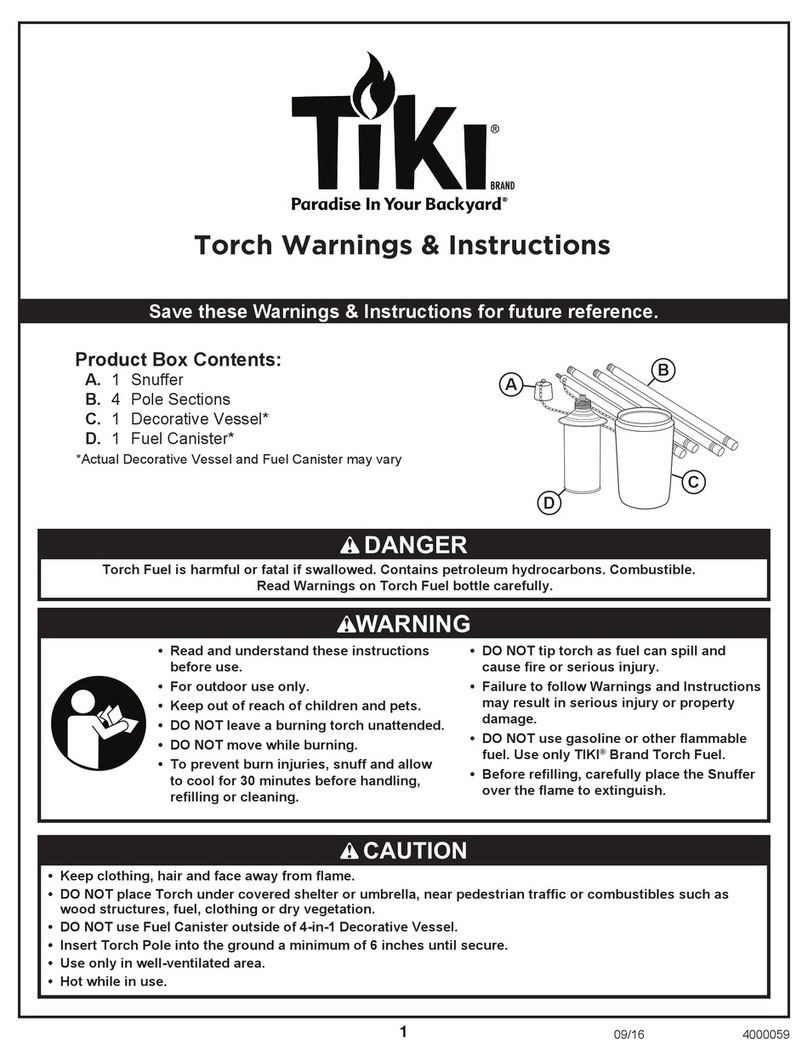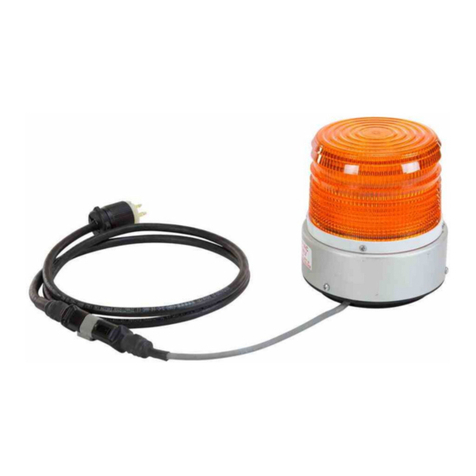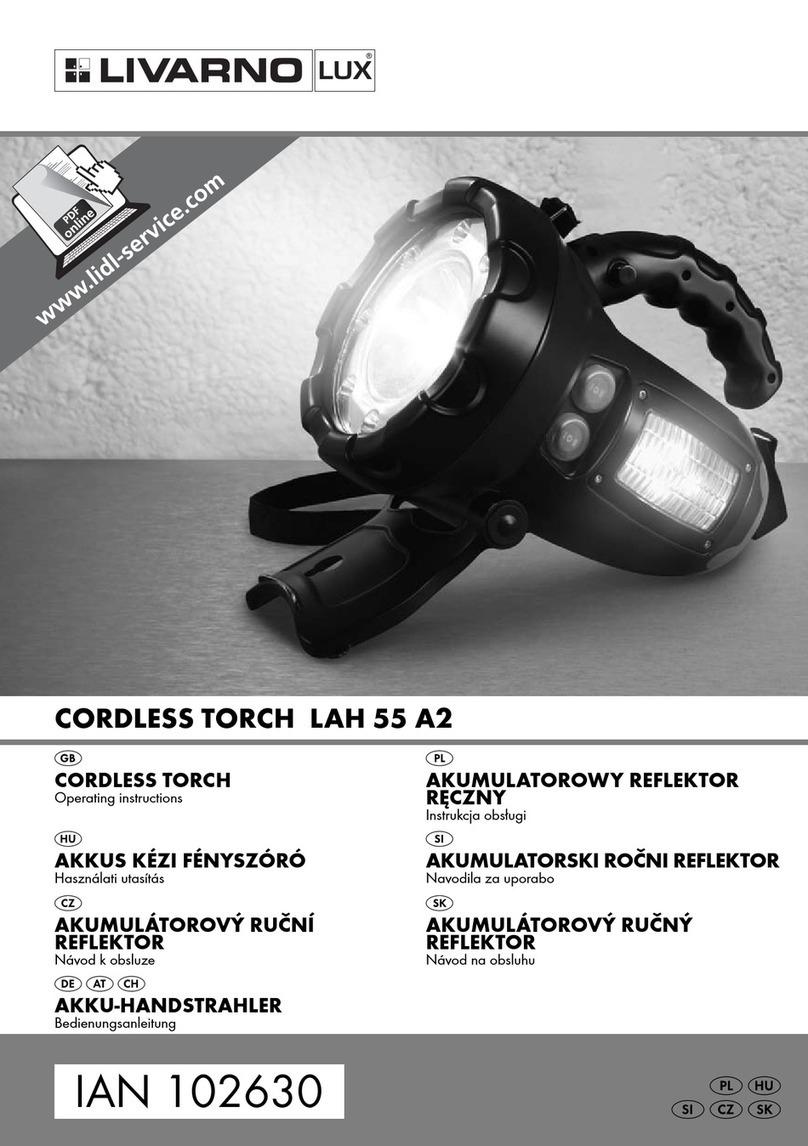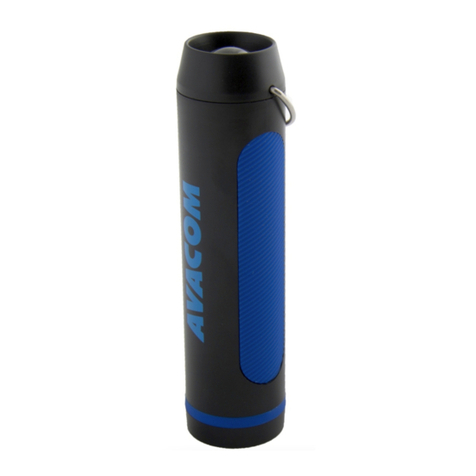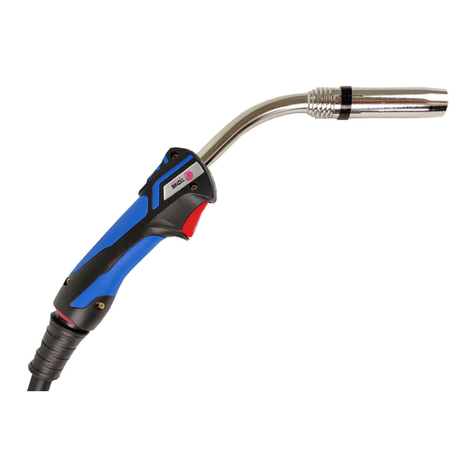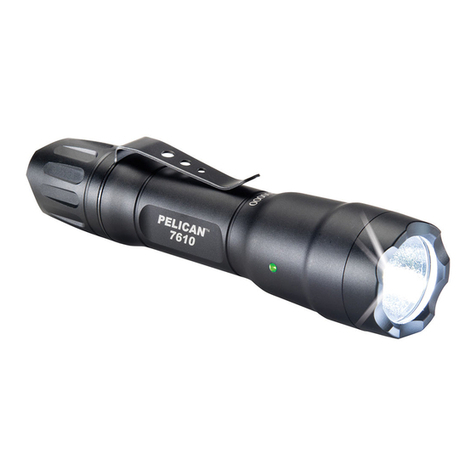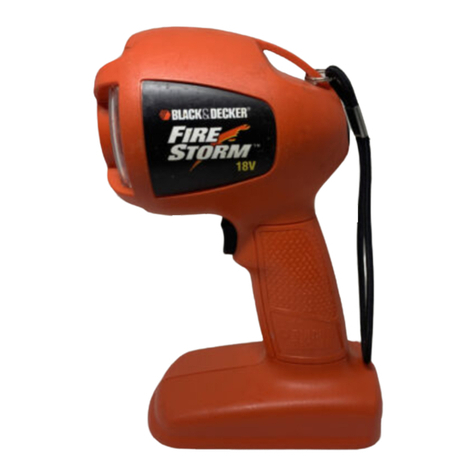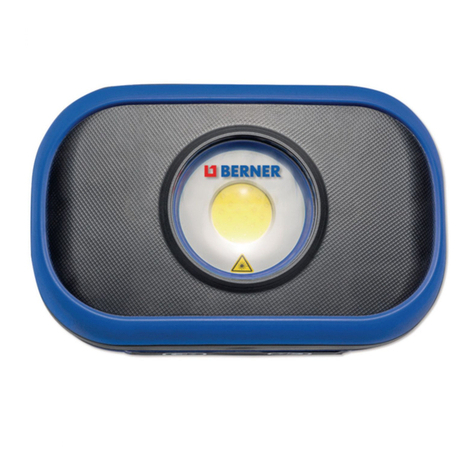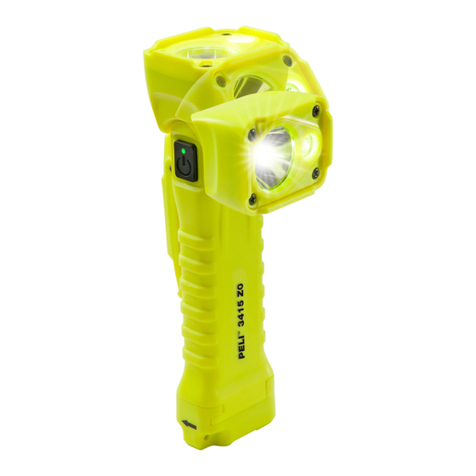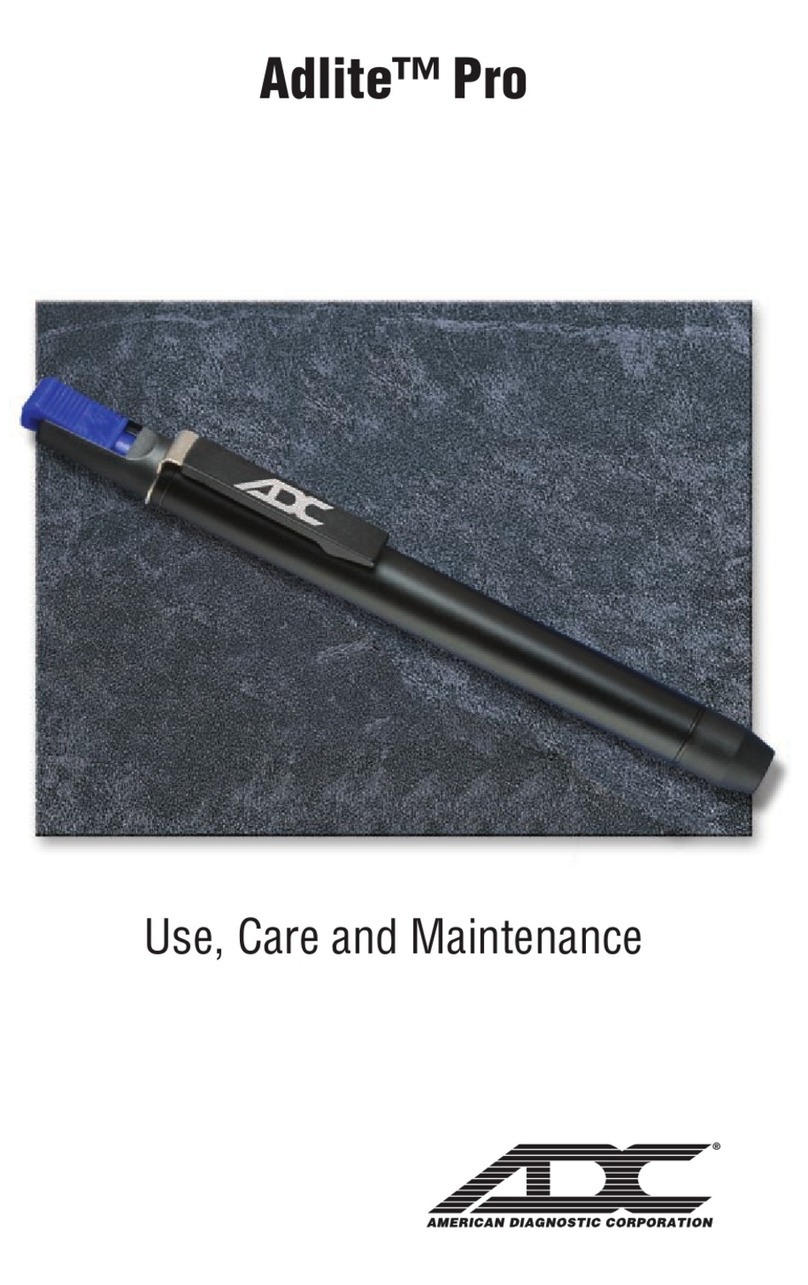
IMPORTANT INFORMATION ABOUT PERSONAL SAFETY
GENERAL SAFETY AND BEHAVIOUR PRESCRIPTIONS FOR ACTIVITY IN WORKSHOPS OR SIMILAR
PLACES.
DANGER OF
SUFFOCATION
GASOLINE ENGINES
Exhaust gases of gasoline vehicles contain carbon oxide, a colourless and odourless gas that, in case of
inhalation, can cause serious physical problems.
When working inside pits, it is necessary to be very cautious since some components of exhaust gases are heavier
than the air and deposit on the pit bottom.
Be careful also in case of gas vehicles.
DIESEL ENGINES
The exhaust gas from a diesel engine has a composition that varies according to: type of engine, of induction, use
conditions and fuel composition.
The diesel exhaust includes gas (CO, CO2, NO and HC) and particulate (soot, sulphates and PAHs).
The small carbon particles forming soot remain suspended in the air and can be breathed.
Moreover, small amounts of toxic components are present.
SAFETY MEASURES:
-Always ensure good ventilation and aspiration (especiallyin inspection pits).
-Always operate the exhaust fan system in closed rooms.
DANGER OF CRUSHING
You may be crushed against the work bench if the vehicle has not been correctly locked in place by mechanical
systems.
SAFETY MEASURES:
-Make sure that the vehicle is unable to move by engaging the hand brake and locking the wheels.
DANGER OF INJURY
Whether engines are at a standstill or operating, there are mobile parts (belts, etc.) that can injure the hands and
arms.
Amongst the various engine components, mechanics should pay particular attention to electrically operated fans
since these may unexpectedlystart up even when the engine itself is off.
SAFETY MEASURES:
-Never place the hands near moving parts when the engine is on.
-When working near electricallystarted fans, let the engine cool first and then unplug the fan.
-Keep the connection wires of the test instruments as far as possible from moving parts of the engine.
